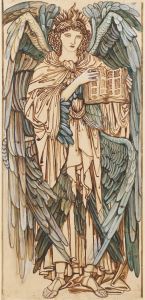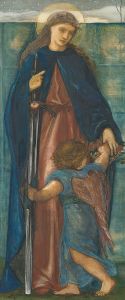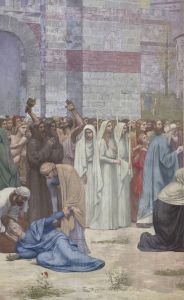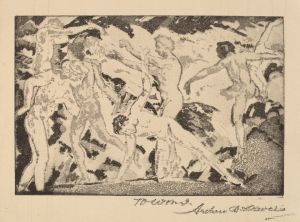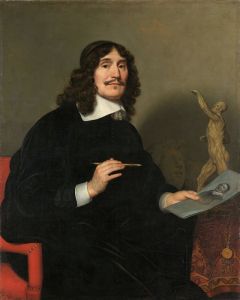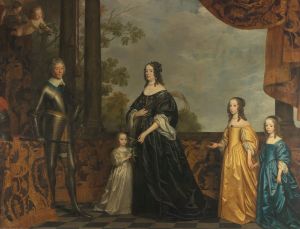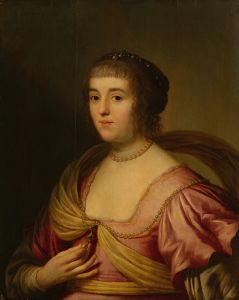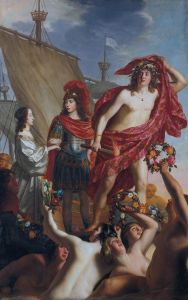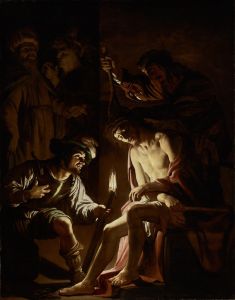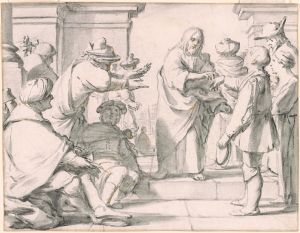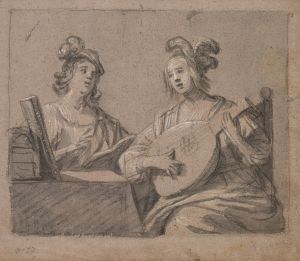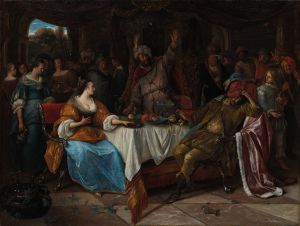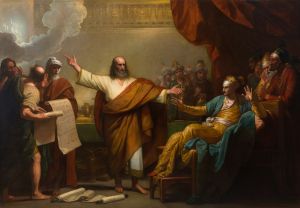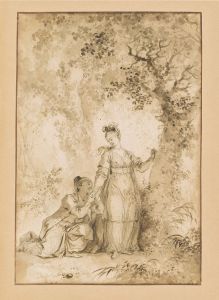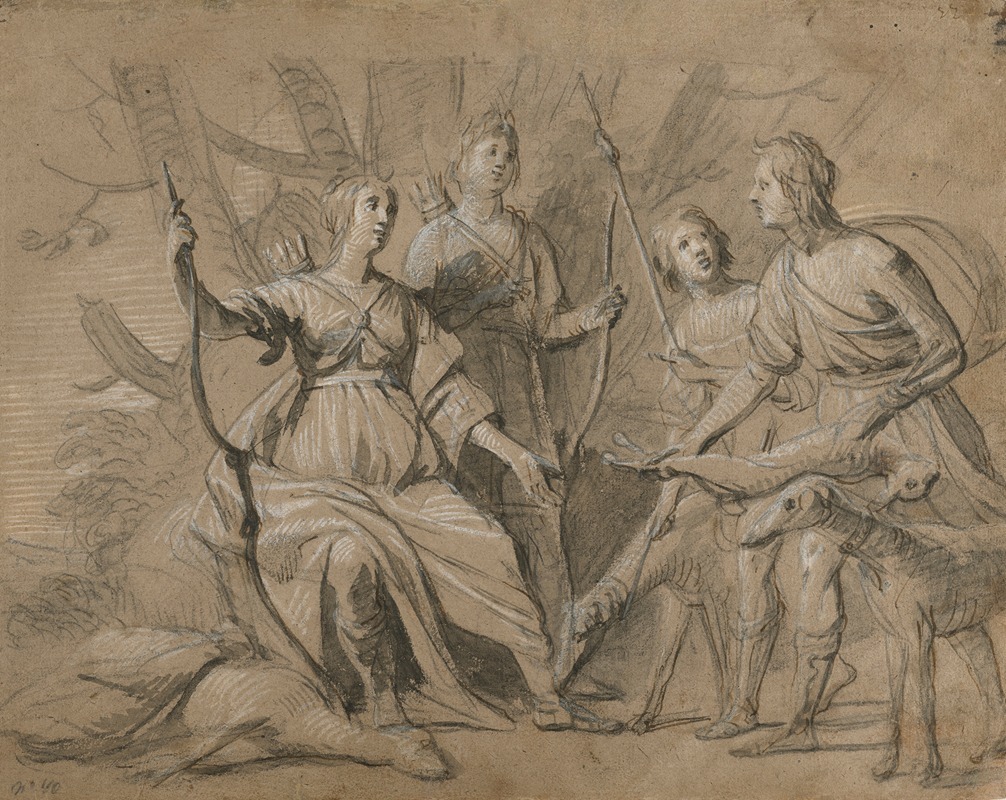
Allegorical Portrait of the Four Eldest Children of the King and Queen of Bohemia
A hand-painted replica of Gerard van Honthorst’s masterpiece Allegorical Portrait of the Four Eldest Children of the King and Queen of Bohemia, meticulously crafted by professional artists to capture the true essence of the original. Each piece is created with museum-quality canvas and rare mineral pigments, carefully painted by experienced artists with delicate brushstrokes and rich, layered colors to perfectly recreate the texture of the original artwork. Unlike machine-printed reproductions, this hand-painted version brings the painting to life, infused with the artist’s emotions and skill in every stroke. Whether for personal collection or home decoration, it instantly elevates the artistic atmosphere of any space.
The painting Allegorical Portrait of the Four Eldest Children of the King and Queen of Bohemia was created by the Dutch Golden Age artist Gerard van Honthorst in 1635. This artwork is an allegorical representation of the four eldest children of Frederick V, Elector Palatine, and Elizabeth Stuart, who were known as the King and Queen of Bohemia. The couple is historically significant due to their brief reign in Bohemia, which earned them the nickname "the Winter King and Queen."
The painting depicts the children in an idealized and symbolic manner, reflecting the Baroque style's emphasis on drama, allegory, and grandeur. The four children portrayed in the artwork are Frederick Henry, Charles Louis, Elisabeth, and Rupert. Each figure is represented with attributes that convey their virtues, roles, or familial significance, though the specific allegorical meanings of the symbols in the painting are not universally agreed upon.
Gerard van Honthorst, who was active in both the Netherlands and England, was a prominent portraitist and a favorite of the exiled Stuart court. His ability to blend realism with allegorical elements made him a sought-after artist for royal and noble patrons. This painting is an example of his skill in combining portraiture with allegory to convey political and familial messages.
The painting is part of the collection of the Rijksmuseum in Amsterdam, where it is preserved and displayed. It serves as a historical document that reflects the political and cultural aspirations of the exiled Stuart family during a turbulent period in European history. The work also highlights the role of art in shaping and preserving the legacy of royal families.
Further details about the specific commission or the exact circumstances surrounding the creation of the painting are not well-documented. However, the artwork remains an important example of Honthorst's oeuvre and a testament to the intersection of art, politics, and family identity in the 17th century.





